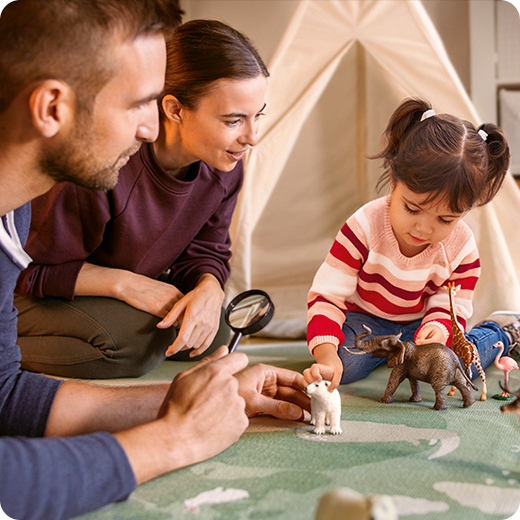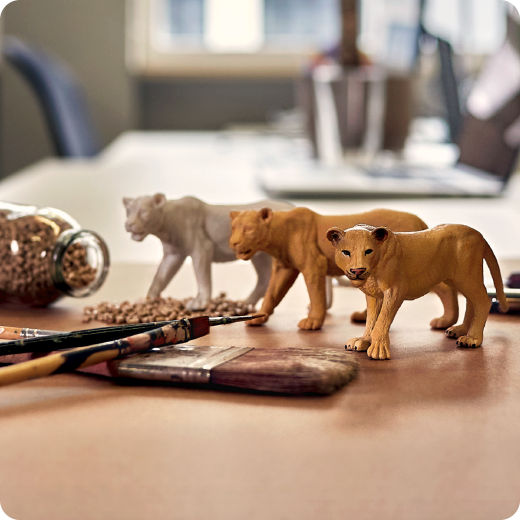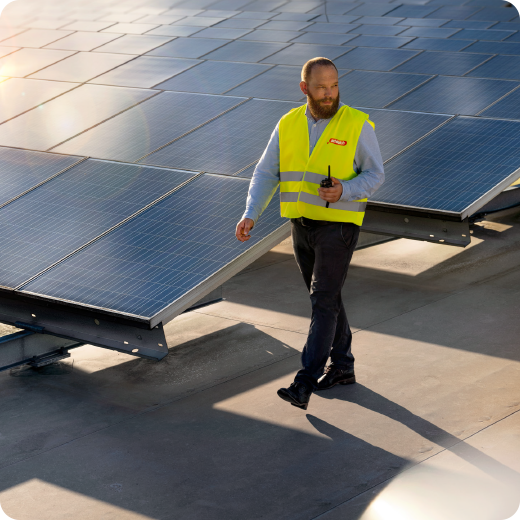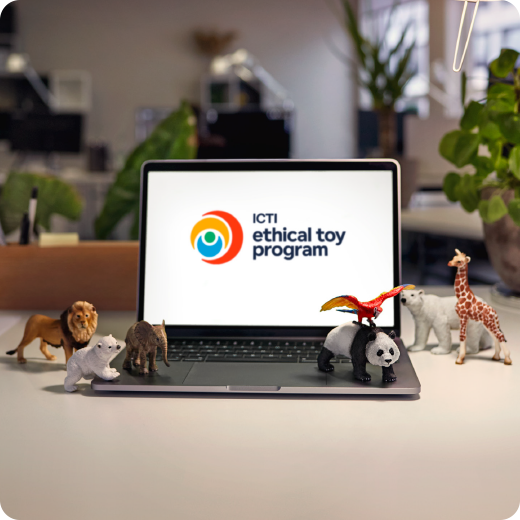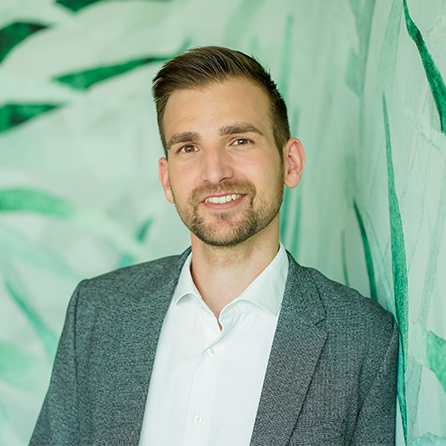
Our Sustainability Journey
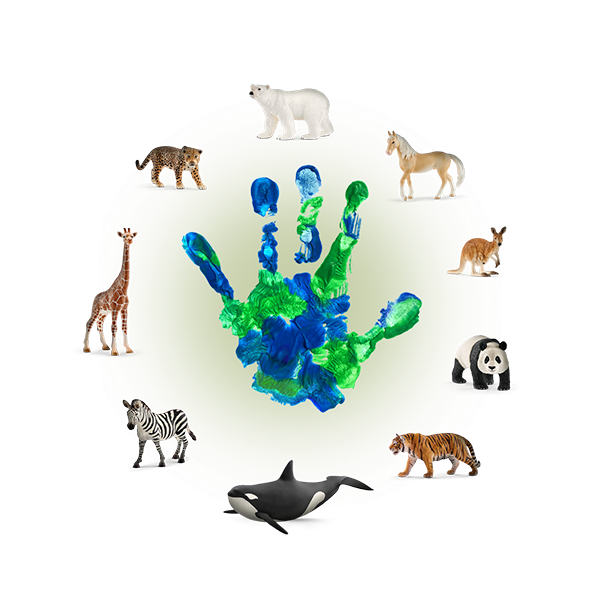
Toys for generations
91% of people have never thrown away a Schleich figurine*. This means that 98% save their Schleich figurines! For example, families pass them on to other children, friends, neighbors or onto their grandchildren. Some might even donate them to charitable organizations.** This saves resources and protects the climate in a very natural way.
The pillars of our sustainability journey




Where are we today and where do we want to go?
What does Cradle to Cradle® mean?
The Cradle to Cradle® (C2C) sustainability principles aim to use the resources of our planet – for example, the material from which our figurines are made – for as long as possible and then to reuse them again and again. Together with our partner EPEA GmbH, we will develop our figurines and packaging in accordance with the Cradle to Cradle® principles by the end of 2027. This means, among other factors, that Schleich figurines are recycled without loss of material quality. For this purpose, all components of our products must be C2C certified. This includes the material, the colours with which our figurines are painted, and the adhesives.




For more sustainability in sea freight: Our journey with Kuehne+Nagel
Together we are working to reduce our CO₂ footprint
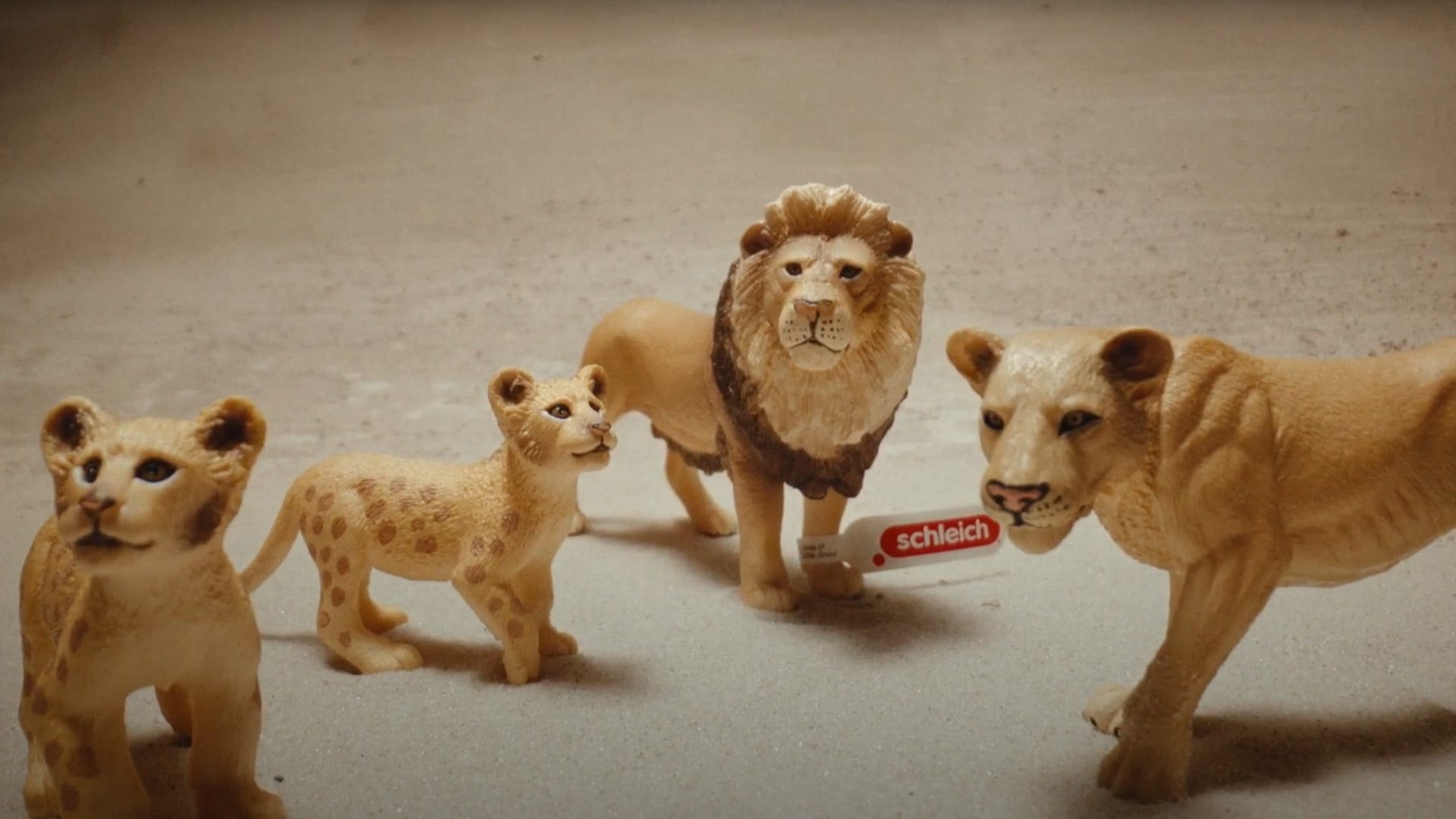
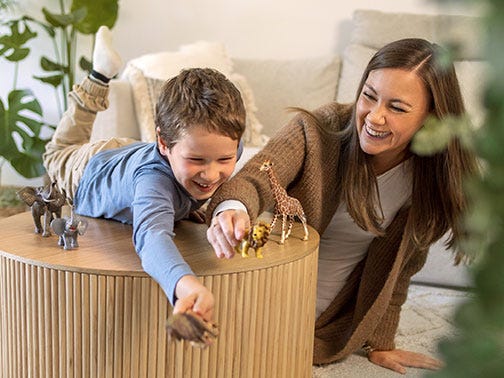
FAQs
Sustainable play has always been firmly anchored in Schleich's DNA. For over 85 years, we have been producing high-quality and therefore very long-lasting toys with great attention to detail. Our figurines are timeless and have always been passed down from generation to generation. Children today play with the Schleich figurines of their parents or even grandparents. This longevity of our products naturally reduces their ecological footprint. But we cannot be satisfied with that. We want to meet our responsibility for children and their future on a healthy planet. That's why we are transforming all areas of the company to make them even more sustainable and further minimize our footprint. For many years, we have been researching durable resource-saving materials, designing our packaging to be more ecological, and making our supply chains shorter.
Our team of engineers, chemists, and sustainability experts is working at full speed at the development of new, sustainable materials for our products. We have also made great progress in the area of paints: From 2022 on, we will paint our products only with water-based paints. In addition, we are developing a paint that is Cradle to Cradle® certified with our partners such as BASF Coatings GmbH.
We have been significantly decreasing the plastic in our packaging and replacing components with recycled and recyclable materials. Compared to 2020, the we have reduced plastic in all our packaging by around 20%. From 2022 on, for example, the tray of our Advent Calendar will be made of cardboard. This saves around 40 tons of plastic per year. From July 2022 onwards, all schleich® HORSE CLUB and FARM WORLD sets are already shipped in packaging without plastic windows. The packaging of the new product line HORSE CLUB Sofia's Beauties also does without plastic windows, which saves about 15 tons of plastic annually. Likewise, we are increasingly using displays that do not require plastic holders for our figurines.
In the area of ocean freight, we cooperate with the logistics company Kühne + Nagel, among others, as part of their "Net Zero Carbon" program to reduce CO₂ emissions along our supply chain. This has enabled us to reduce the carbon footprint of our ocean freight by around 1,000 metric tons of CO₂ emissions per year compared to 2019. We are also switching over to green energy and LED lighting at our sites. At our headquarters in Schwäbisch Gmünd, our employees have access to charging points for their electric cars. We also subsidize employee-bicycles. Our headquarters will be equipped with a photovoltaic system in 2023. We are working on more regionalization of supply chains forward, to shorten transport distances.
Our sustainability program includes all parts of the company:
We strive to use only sustainable materials in the future. As a first step, by the end of 2027 all our figurines will be recyclable. Also, we are working hard at finding recycled or bio-based material for the future production of our toys. In addition to that and to ensure that resources are reused over and over again, we are optimizing and certifying our figurines and packaging in accordance with the Cradle to Cradle® circular economy principles by the end of 2027. This means, among other factors, that Schleich figurines are recycled without loss of material quality. To achieve this, we are collaborating very closely with the renowned consultancy institute and innovation partner EPEA GmbH. The Cradle to Cradle® idea also includes the improvement of the social and environmental impact on production and supply chain.
In addition, we are reducing packaging materials wherever possible and increasingly rely on paper-based packaging. By 2025, all our packaging will be recyclable. From 2023 onwards, we will only use cardboard that is FSC®-certified for our packaging. To reduce our carbon footprint even further, we will regionalize our production in the coming years by increasingly manufacturing our products where they are actually sold, so that transport distances are shortened.
The quality and safety of our products are Schleich's top priority. The quality, feel and look of our products are not affected by the use of more sustainable materials. Attention to detail, authenticity and high quality are and will remain our product values that set us apart. A Schleich lion will always be a Schleich lion and will continue to feel the way children around the world love it. We make no compromises here. We are working at full speed to find sustainable and recyclable materials that meet these demands.
Social aspects play a particularly important role for Schleich. We want to offer everyone a safe and fair workplace: our own employees and the people who work in the supply chain for our figurines and playsets.
We and many of our suppliers have been members of the "ICTI Ethical Toy Program" since 2019. Its aim is to improve ethical and sustainable standards in global supply chains in the toy industry. The program includes regular and independent audits of working conditions at production sites, supporting and reviewing improvement measures, and increasing transparency in our global supply chains. Schleich has been expanding its cooperation with the "ICTI Ethical Toy Program" even more strongly since 2022 in order to further improve social and ecological aspects in the supply chain together with our suppliers.
We have also developed numerous occupational health and safety measures for our own sites and have been able to significantly reduce the number of accidents as a result. These include training for employees and improvements in our health and safety management system.
In 2022, we launched a project initiative to promote diversity, equality and inclusion in our teams. Today, we have a women's quota of 55% across all levels and 35% in management.
Currently, our figurines are made of different materials and plastics - depending on the requirements of the product. For the production of children's toys, plastic is superior to other materials because of its safety, quality, detail and durability. This is true not only for Schleich, but the entire toy industry. Our colors are also optimally adapted to plastic and have the highest mechanical and chemical resistance. They ensure the enormous longevity of our products - and above all that all Schleich products are bite-, scratch- and saliva-resistant.
It is a major challenge for the entire toy industry to find sustainable materials that meet all these criteria. But we are on the right track. We are currently working with partners and suppliers such as BASF and EPEA GmbH to develop a material that is compatible with the Cradle to Cradle® principle we are striving for. It is our goal that all our products will be recycled, biobased, recyclable or biodegradable by 2030. The first prototypes that meet the high safety requirements for children's toys have already been created.
What does it mean...
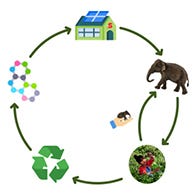
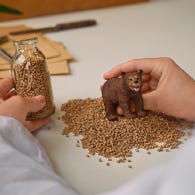
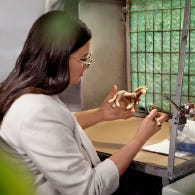
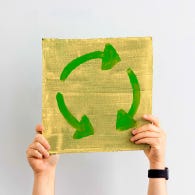
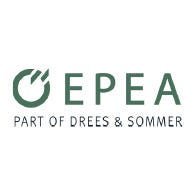
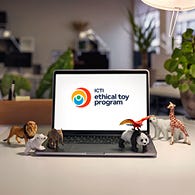
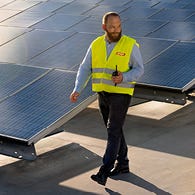
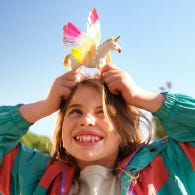
You have further questions or feedback about sustainability at Schleich?
Then please contact our Consumer Service team.
For press requests, please contact Kristin Malbrant, Head of PR & Corporate Communication.
We look forward to hearing from you!




* Own online survey with 1453 participants in February 2023
** Own online survey with 1327 participants in February 2023

